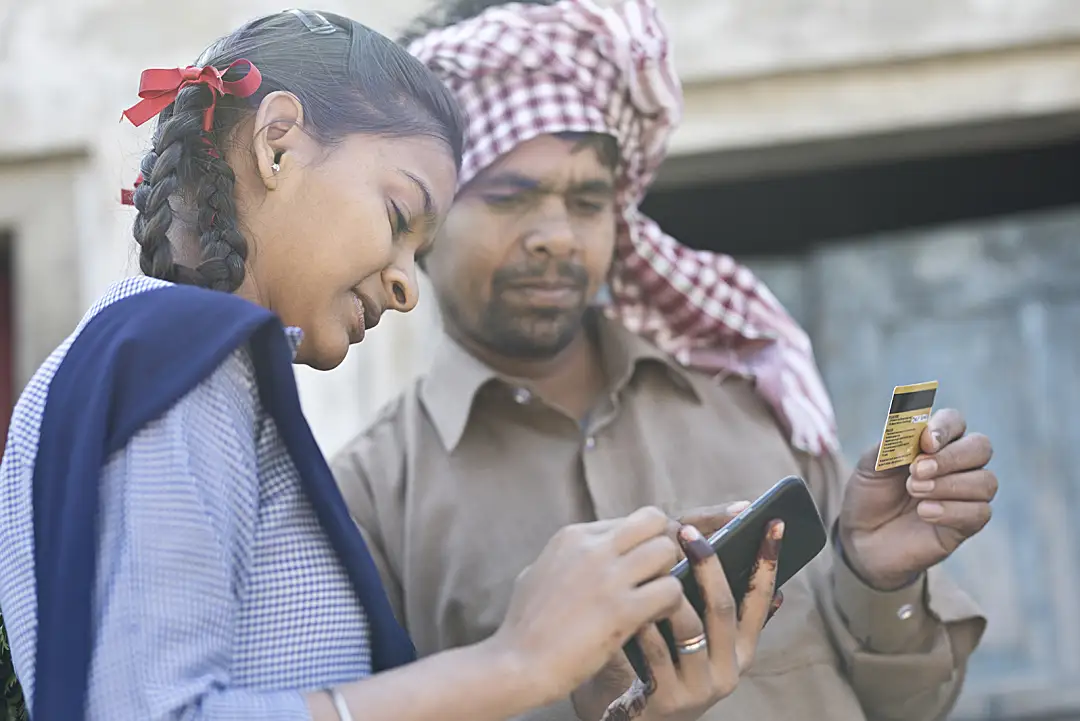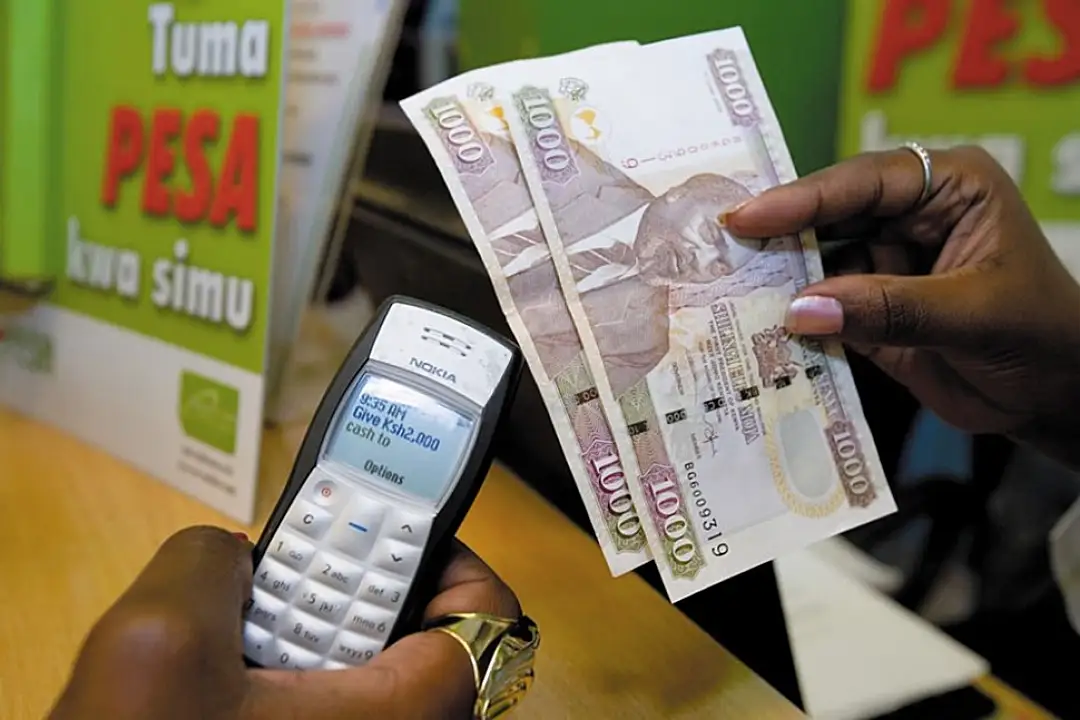
Imagine this: You work on a rural farm, in the U.S. or elsewhere, and get paid in cash. You’re saving up to buy a car, and you want to deposit your hard-earned money somewhere safe. However, the closest bank has shut down, and the nearest branch is 20 miles away.
Although you may find this scenario far-fetched, it’s the reality for many people. About 1.7 billion people do not have access to a bank account and cannot utilize the services of financial institutions. Financial exclusion disproportionately impacts impoverished and marginalized communities, and improved accessibility is needed.
In response, financial technology developers, known as “FinTech” developers, have come up with a possible solution: digital payment options. These are in a variety of forms, such as digital banking, which provides financial services online, and e-wallets, which are apps and online platforms that enable users to store funds and make transactions. With these innovations, money can be sent to or from a user’s account without extra trips to the bank or ATM. The expansion of digital payment options has the potential to reduce financial exclusion, but only if we can take this technology to those who need it most.
Bringing Digital Payment Options to Banking Deserts - It’s Not Chicken Feed
The issue of financial exclusion is significantly worse in rural areas, where banking costs can quickly become quite expensive. The St. Louis Federal Reserve identified 1,132 “banking deserts” at the end of 2014, with 734 recorded in rural areas. Rural banking deserts force individuals to commute long distances to withdraw cash, which is time-consuming, energy-inefficient, and costly. Proponents of digital alternatives foresee a use for digital transactions in the agribusiness sector, which is the backbone of many rural economies. However, implementation has been met with several challenges. Rural communities do not have the same levels of high-speed internet access as urban metropolitan areas, reducing the reliability of digitized payment options. Additionally, farmers who receive electronic payments have difficulty using their e-money for small, daily transactions. The trouble of finding an external agent (and most likely paying extra fees) to cash out digital assets is especially inconvenient in rural areas and has many farmers turning away from digital money.
Crisis in Afghanistan
Similar troubles are straining crisis areas such as Afghanistan, where the social and economic landscape is even more tumultuous. Runs on Afghan banks following the Taliban’s takeover in 2021 have forced the Afghan central bank to place severe limits on bank withdrawals. The inaccessibility of Afghan bank accounts, coupled with a series of bank closures and the unwillingness of foreign banks to do business with Afghanistan, has brought the economy to a halt. The need for innovative solutions has never been more apparent, but digital currency is not meeting the needs of most Afghan citizens. There are several obstacles: Afghan merchants are inconvenienced because they are forced to purchase and maintain multiple point-of-sale machines for different mobile payment options. Customers are unable to make transactions across various mobile wallets. The current digital infrastructure is still unwieldy and not yet streamlined for daily monetary interactions. As a result, the size of the digital payment network is limited, discouraging Afghans from using the new technology.
To try to improve the interoperability between banks and payment systems, DAB (Da Afghanistan Bank) launched the Afghanistan Payments System, a national e-payment service. Since 2016, it has worked hard to connect customers, mobile money providers, and up to 11 banks throughout Afghanistan. Despite these efforts, Afghanistan has experienced a plateau in the usage of mobile money. In 2018, less than one percent of Afghans had a mobile money account. This contrasts with the four percent of users in South Asian countries, where the uptake of mobile banking technology has been more successful. Before Afghanistan’s digital payment services can reach the same scale as nations like India, it may need more time to develop its digital financial networks and establish greater political stability.
Global Solutions for Digital Payment Options & Banking Accessibility
It’s clear that accessibility is a major roadblock in the use of digital payment. So how are financial institutions tackling this issue?
The National Payments Corporation of India has created their own system, Unified Payments Interface (UPI), a mobile application wherein users can handle their banking and make payments. UPI is front-running initiatives such as the use of Quick Response (QR) codes for transactions and enabling both peer-to-peer and peer-to-merchant online transfers.
The Reserve Bank of India (RBI) is hoping to take UPI even further. At the outset of 2022, RBI released a framework for facilitating offline digital payments using UPI 123Pay, a brand-new application launched in March. UPI 123Pay enables offline payments using feature phones (mobile phones with fixed features); through a call-based system, customers set up their own IDs and create a verifiable PIN that will be used for future offline transactions. As a developing country, many parts of India have large internet dead spots, and a rapidly digitizing world could further exclude these regions. Although the RBI has outlined how banks and financial tech companies should integrate offline payment systems, many alternative solutions are still in the developmental stages. Fintech and research institutes will need to follow through with these improvements and directly address obstacles encountered by end users in rural and crisis areas.

M-Pesa is a mobile digital payment service used in Kenya. Photo by Rosenfeld Media licensed under CC 2.0
Moving Off-Grid: Drawbacks and Solutions
Offline digital payment may be a crucial development for financial inclusion, but the existing infrastructure has several deficiencies. For example, offline payments pose higher security risks. To protect the sensitive information of customers and merchants, offline transactions are limited to small-value payments, such as prepaid cards with very low limits. A few technologies have been in the works to address this issue; one such technology is a debit card with radio frequency identification that can facilitate transactions offline, if in proximity. Another innovative approach in India is the use of sound-based authentication, where voice is used as biometric data to confirm a user’s credentials. Voice recognition could be an especially useful technology in places like Afghanistan, where women may be unwilling or unable to show their faces for biometric authentication.
Expanding Accessible Digital Payment Options - How RTI Can Help
These promising initiatives are still in their pilot stages. Digital payment is new, but offline digital payment is even more recent. It may be a while until the technology is making a real difference in the lives of people who need it most, but research institutes like RTI International are trying to shorten that timeline. Lab 58, a corporate innovation lab operating inside RTI, is exploring different uses for digital currency technologies, which you can read more about here.
Accessible digital payment options could connect the small rural farmer and the local Afghan merchant to the reliable and affordable financial services they need. Scaling digital payment projects is a difficult endeavor in rural and crisis areas, where there are fewer agents and less resources. Small financial institutions in rural towns lack the funding to research and build entirely new infrastructures for digital payment systems. RTI’s resources and experience in financial tech make it a key player in the push for greater accessibility. With more time and intensive research, RTI and other research institutes may be able to identify weaknesses in current technologies and find more inclusive solutions. The future of digital money is exciting, and RTI can help ensure it is also equitable.
